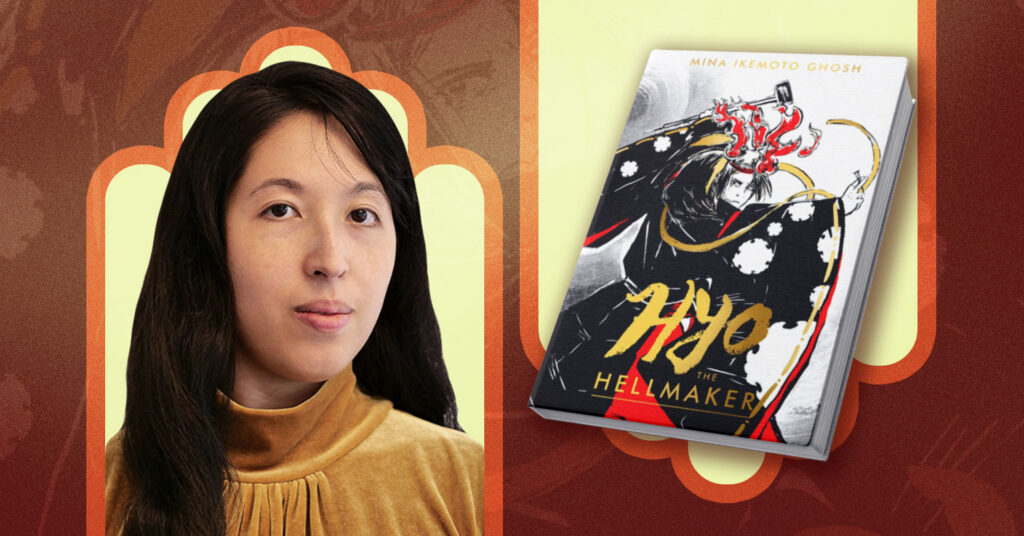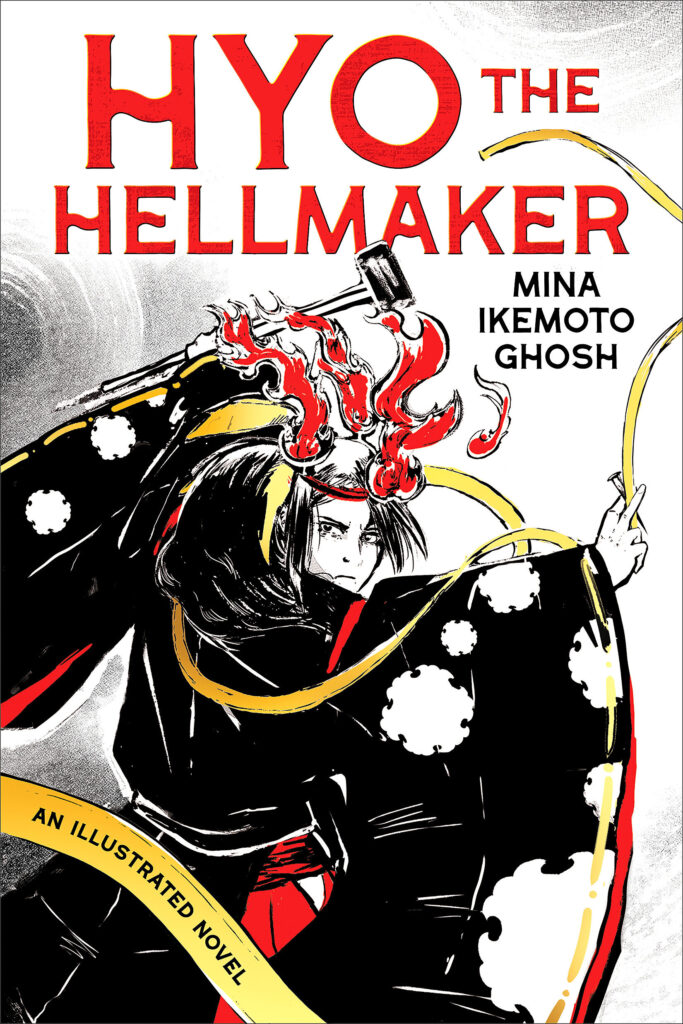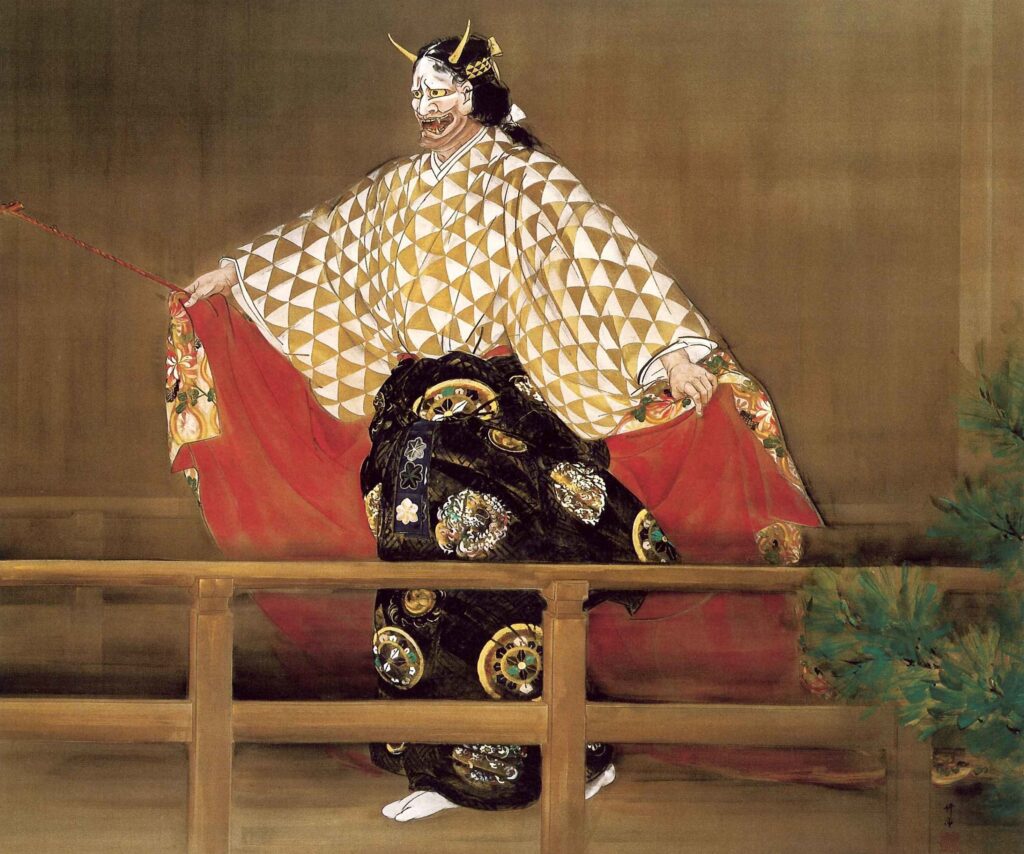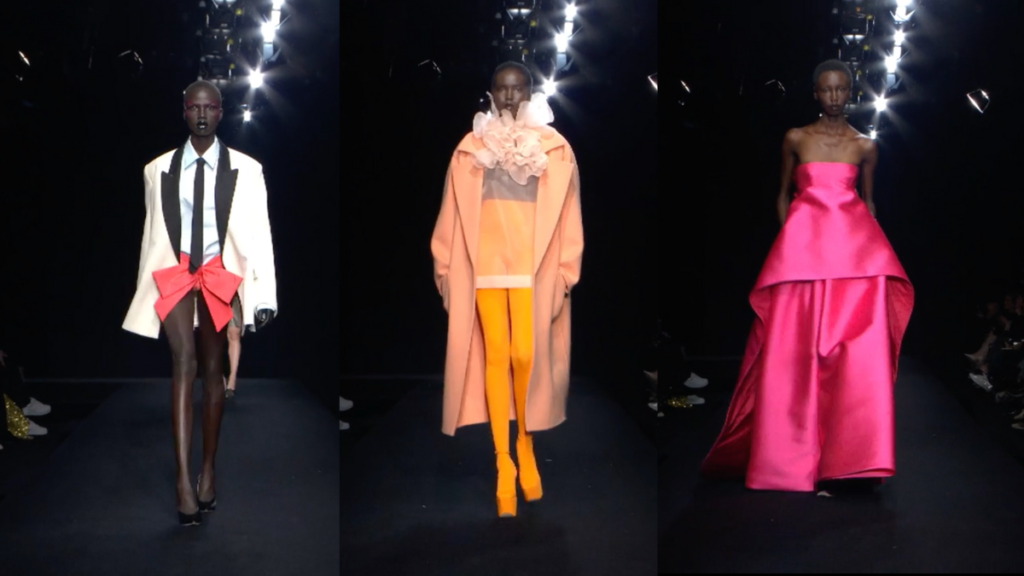Author Spotlight: Mina Ikemoto Ghosh Gives Us Hell in “Hyo the Hellmaker”

In Mina Ikemoto Ghosh’s new illustrated fantasy novel Hyo the Hellmaker, gods don’t float above the clouds — they live just down the street. On the island of Onogoro, the world’s most powerful entities live among mortals, make bargains, and unfortunately, commit crimes.
The story follows the protagonist Hakai Hyo, whose control over “unluck” allows her to create artisan hells for her clients. After her village is destroyed by a demon, she flees to Onogoro with her brother, Mansaku. However, with Hyo’s hereditary curse as a hellmaker, she is compelled to investigate a series of dead bodies that turn up on the island. As a result, Hyo lands in the center of a gripping, action-packed murder mystery that is sure to intrigue crime fiction lovers everywhere.

Leading up to the novel’s April 15th U.S. release, EnVi spoke with author-illustrator Mina Ikemoto Ghosh about her background in storytelling and how it shaped the world of Hyo the Hellmaker.
Reading Across Two Worlds
Ghosh was born and raised in Surrey, South England, to a Japanese mother and British father. As a lifelong reader, many of Ghosh’s favorite reads stemmed from both sides of her heritage. While her dad introduced her to classic “school boy, sword, and adventure” stories like The Chronicles of Narnia, her mom showed her the way of Japanese mystery novels.
“I grew up reading Terry Pratchett and worked my way through pretty much every book I could get my hands on,” she said. “I also read Japanese murder mystery manga — Detective Conan was a massively popular one. It was partially about language acquisition for me. I could keep up my Japanese by speaking to my mother about what was going on in the books we were reading together.”
As a result, mystery became one of Ghosh’s first narrative languages. Unraveling the secrets and solving the unsolvable honed not just her fluency in Japanese, but a deeper instinct for storytelling. As one reviewer wrote about Hyo the Hellmaker, “[Ikemoto] follows the conceptions of actions and consequences in Hell Girl and other similar media… not the pattern western YA has conditioned us to expect.”
According to Ghosh herself, it was indeed the “murder mystery baseline” that significantly shaped her understanding of structure, pacing, and character development. However, at the heart of Hyo the Hellmaker is a protagonist who challenges the beloved “relatable hero” mystery trope — and that’s what makes it all the more special.
Writing Hyo the Heroine
Unlike most hero origin stories, Hyo’s journey does not begin with inheriting a grand destiny. Instead, she is forced to confront a hereditary curse and a fractured spiritual ecosystem. In the very opening of the book, Hyo appears to be utterly powerless. Her whole village is dead — save for her and Mansaku, both of whose lives are now at the mercy of an unnamed demon. Soon, it is revealed that their heritage as hellmakers prevented them from meeting the same tragic demise. In exchange for their safety, the demon explicitly instructs Hyo to “do as [she was] cursed to” and “make hell on Onogoro.”
Given this setup, readers may anticipate Hyo’s eventual victory as somehow finding a way to defeat her curse. However, Ghosh has something more complex in store for the journey ahead.
“I was thinking a lot about postwar generations in Japanese history,” Ghosh explained. “When I was writing [Hyo], I wanted it to be less about escaping or avoiding the family curse and more about learning how to tolerate it.”
Ghosh added that despite having pride in her work, Hyo also sees it as “a dark heritage” that she must adapt to. Hellmaking, a job whose purpose is to “make pain visible,” is paid through “life years” — a grim reality for everyone involved. However, it is something that Hyo must live with in order to fulfill her work in helping others enact revenge. As a result of her complex morality, Ghosh described Hyo as “the hardest character [she has] ever written.” Still, like many beloved heroes, Hyo’s strength ultimately lies in the depth of her compassion.
“She knows how valuable and dear life is. That’s what I really want to be the driving undercurrent to her kindness,” Ghosh said.
In addition to her intentionality in writing Hyo’s character, Ghosh shared her goal to “create Japanese fantasy from a female cultural perspective.” However, this goes further than representation alone. In a way, it also diverts from culturally significant — and often misogynistic — folklore of women descending into madness due to spite. For instance, one of the most iconic characters in noh theater — another one of Ghosh’s inspirations — is the Hannya. Symbolic of female jealousy and rage, the mask depicts a woman so engulfed in resentment that she has become a demon.

Similarly, the ushi no toki mairi (or “ox-hour shrine visit”) is a prescribed method of laying a curse upon a target, often done by a scorned woman. As depicted in a 1765 painting by Suzuki Harunobu, the ritual involves nailing a straw effigy into a sacred tree near a shrine. It is conducted during the “hours of the Ox,” approximately between 1:00 to 3:00 AM, typically with the intention to “spite either a faithless lover or a successful rival.”

“It’s interesting because it kind of overlaps with the idea of the witching hour in Western culture,” Ghosh further explained. “These cursing rituals are associated with vengeful women, so I wanted to do a Japanese fantasy that foregrounded that more.”
In writing Hyo the Hellmaker, Ghosh has done more than provide readers with a refreshingly complex female protagonist to follow. She has also crafted a tale where the energy that powers spite is unable to subdue our heroines. In fact, Hyo’s matrilineal lineage of hellmakers is the very origin of her strength, her darkness, and her light.
“I wanted to show how things have been put together by women. Maternal lineage is important to me. I think a lot of the story is about a girl trying to find her feet with her skills [and] having pride in her heritage while, at the same time, coming to terms with it,” Ghosh said.
Entering the Island of Onogoro
The fictional island of Onogoro draws from a number of spiritual, cultural, and historical influences. Inspired by the density of Edo (now known as Tokyo), one of the most populated cities in the world by the 17th century, the metropolis of Onogoro imagines a self-sustaining, modern society based on Edo-era systems of sustainability and communal living. Similar to Edo, Onogoro is established as a place deliberately isolated from the rest of the world. Moreover, as readers discover through the illustrated map of Onogoro, the island is shaped like a turtle — a classic Japanese emblem of longevity and good fortune.
“The idea is that they are in this enclosed island where they are trying to reduce their reliance on what they call ‘outside.’ Any sort of dependence on the outside could be used against them,” Ghosh explained.
As for the gods in Onogoro, they are intentionally written as participants of this world. Not only do they live in proximity to humans, but they even share the responsibility of caring for the island. According to Ghosh, this was inspired by her own relationship to Japanese deities growing up.
“I wanted these gods to be neighbors because that’s how I’ve been raised with them. Even though you’ve got to respect them, in the end, they share the same landscape as you,” she said.
Rather than a hierarchy based on dominance, the connection between gods and humans in Hyo the Hellmaker is “horizontal.” In other words, they collectively function under the same rules and etiquette in Onogoro. This is quite unlike how gods tend to be portrayed in Western media — omniscient, all-encompassing rulers of the world. As a result, Ghosh has crafted a powerfully non-Western world in more ways than one.
“When we say ‘modern,’ we’re inclined to say Westernized,” she explained. “I also wanted to make sure to call them gods to challenge assumptions of what to the Western eye ‘God’ was and what functions they performed.”
Alongside her portrayal of godhood in Hyo the Hellmaker, Ghosh’s illustrations pay homage to classical Japanese art forms. From full-page spreads of specific scenes to small accents framing the text, readers have the opportunity to indulge in both an intricate storyline and captivating visuals.
“It’s wild to me how well the art’s been received. I was always a writer first and an illustrator second, so the fact that people have really taken to the art has been a surprise,” Ghosh shared.
Her art style is reminiscent of Japanese woodblock prints and ink-and-watercolor paintings, along with some contemporary manga influences. Atmospheric, mesmerizing, and purposefully unsettling at times, each drawing is woven into the narrative with great intention. Whether it is to display a critical moment in the novel or help readers visualize a single object, Ghosh’s illustrations draw readers deep into the world of Hyo the Hellmaker. They are especially effective in depicting the expressions of the characters, providing a visual counterpart to their emotional beats and interactions. Whether someone is a fan of the classics or contemporary forms like manga, Ghosh’s art style is where both tastes come together in harmony.
Worlds Made From Meaning
Through Ghosh’s poignant prose, dialogue, and illustrations, Hyo the Hellmaker is as inspiring as it is gripping. Readers can not only expect to be spellbound by its imaginative world, but also engrossed in the slow-burn, page-turning mystery that unravels throughout.
However, when the mystery is solved and readers are rewarded with the novel’s final line, what comes next?
In the words of Tama, the twenty-second hellmaker in Hyo’s lineage, “The god told me this: People made their worlds from meaning, and meaning was a dream. This shared world was a dream bubble-foam raft floating atop oblivion. The Under-dream lay below the raft, just before nothingness — raw thought and imagination, the bubble liquid.”
It can be frightening to think about — the ephemeral nature of life itself and the inherent instability of what we call “purpose.” Nevertheless, even the darkest points of Hyo’s journey are not meant to undermine our instinct to ascribe meaning to things. In fact, it is intended to do the very opposite.
As EnVi’s interview with Ghosh wrapped up, she reflected on what she hopes readers gain from being part of Hyo’s journey.
“If people can come away with some sort of feeling that their life has value, I feel like I’ve done my job,” she said.
Keep up with Mina Ikemoto Ghosh and her writing on Instagram and X. To experience the rich, action-packed mysteries of Hyo the Hellmaker for yourself, be sure to grab a copy at your nearest bookstore!
Want more conversations with your favorite authors? Check out EnVi’s interview with Carolyn Huynh, author of The Family Recipe,here!



